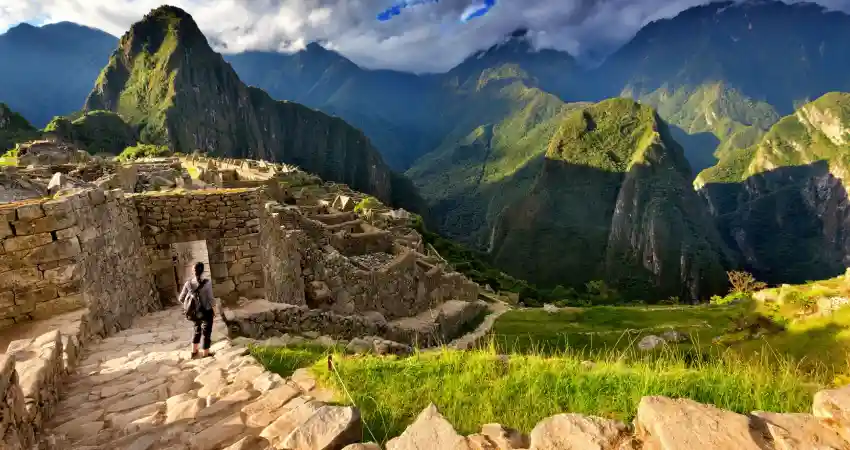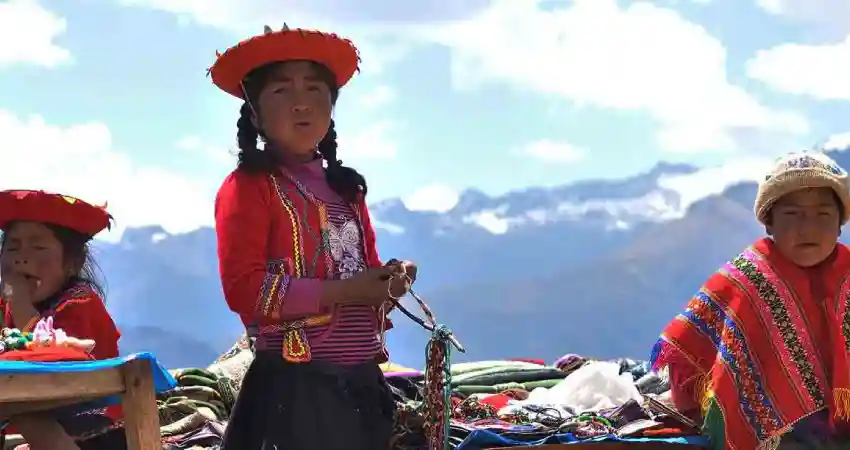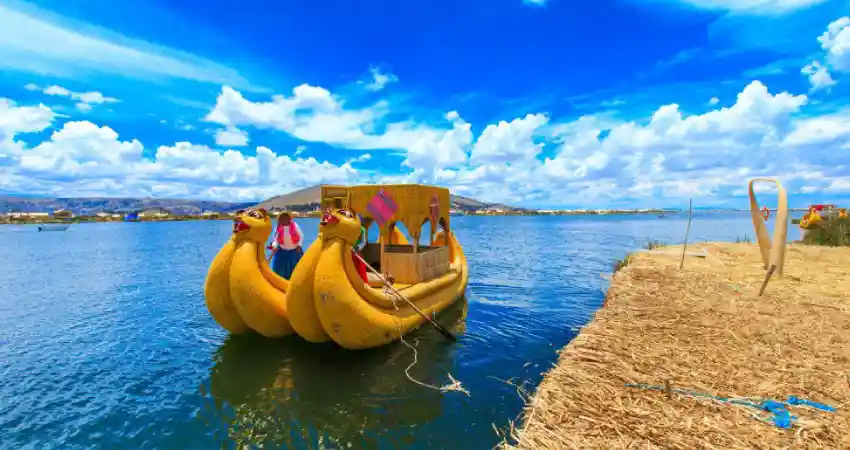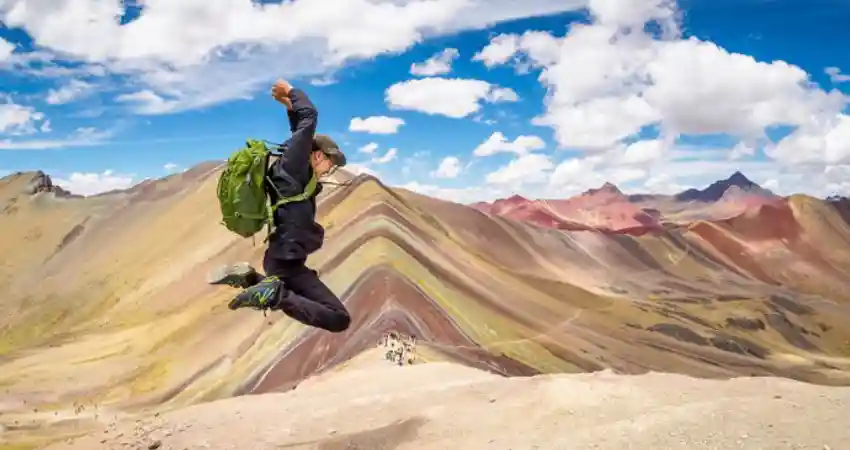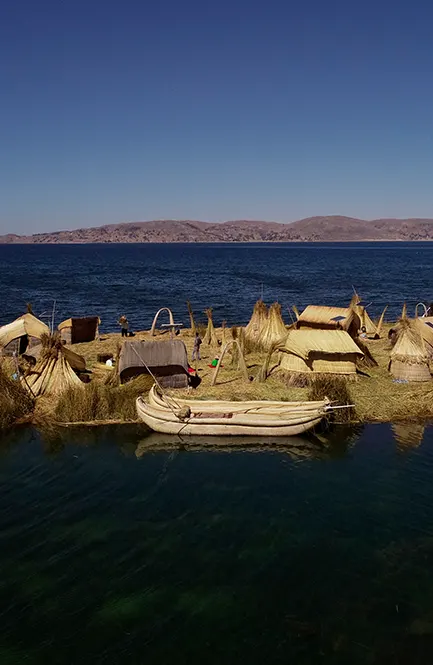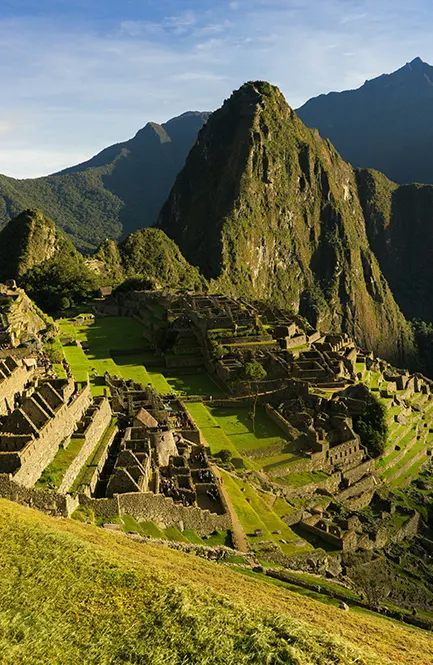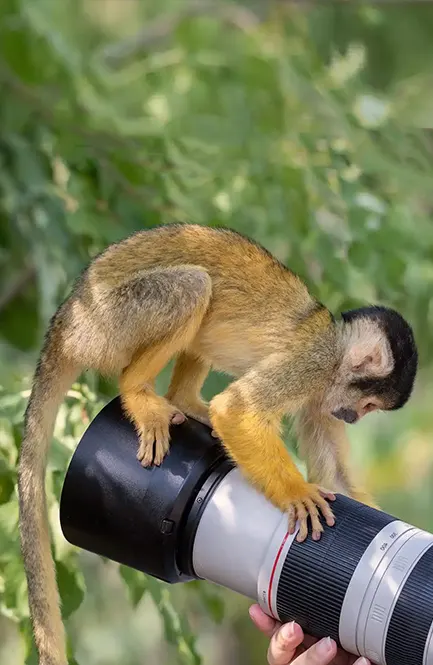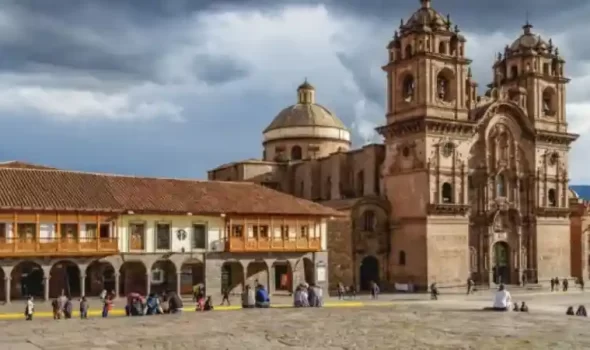1.- INTRODUCTION: WHY PERU SHOULD BE YOUR NEXT ADVENTURE
If you are looking for a new adventure, we definitely recommend you start planning a trip to Peru. It is a unique and special destination with a transcendental culture. In fact, Peru tops the list of desired destinations to visit in all of South America and is even considered a mosaic of unique natural landscapes. This can be seen in each of its regions. If you are planning a family trip to Peru, you can undoubtedly have one of the best experiences of your life by visiting the peaceful coastline near the sea where the country’s capital is located, the high mountains near the Andes, or the mysterious jungle region where wildlife reigns supreme. Of course, there are special places that you must consider if you are planning a trip to Peru, such as Machu Picchu, Lake Titicaca, the Nazca Lines, or the deep Colca Canyon.
However, it is important to know that what is truly amazing about Peru is its wide variety of natural, cultural, and historical riches, where cultures have inherited a legacy that remains present to this day. In this way, diversity is not only limited to what you can see or visit, but also what you can experience. Peruvian cuisine undoubtedly stands out in this regard and is the main reason why many people are planning a trip to Peru, in addition to the opportunity to immerse themselves in the culture to learn about traditional aspects such as native languages, textile traditions, and even daily activities such as agriculture, livestock, and more.
| “To travel is to live.» |
2.- INFORMATION YOU SHOULD KNOW
When planning a trip to Peru, you should know everything important that can directly affect the planning of your adventure, including aspects of season, climate, and other factors that may vary depending on your interests and, of course, the type of experience you are looking for.
2.1.- .- Best times to visit the regions
- If you are looking to enjoy mainly the coastal region, where activities are based on relaxing and enjoying the ocean view, it is important to consider the months between December and April when planning a trip to Peru. This is because these months are part of the summer and have warm temperatures that are ideal for the beach and nearby areas.
- On the other hand, if you are looking for more challenging experiences in the high mountains of the Andes, it is definitely recommended that you plan a trip to Peru between the months of May and October, which is also considered the dry season and is convenient for visiting this region since the roads are not affected by rain, making it much safer compared to other seasons. This makes hiking activities very popular and ideal if you are planning a family trip to Peru.
- Finally, the jungle region is one of the most popular destinations for nature lovers looking to disconnect from their routine. For this reason, it is recommended that you plan your trip to Peru between May and October, also due to the dry season. This time is ideal due to the low rainfall, which provides greater accessibility to areas that are commonly flooded and makes river crossings easier. This time of year also allows you to see wildlife in all its splendor.
On the other hand, you should consider that there is another factor that determines the satisfaction of the experience. To know how to plan a trip to Peru, you must also understand the different seasons and, of course, the benefits and disadvantages of each:
- The high season is known as the favorite season for thousands of travelers around the world. This season occurs between June and December and coincides with the holiday season in Europe and North America. It is also a season of special festivities, such as Inti Raymi in Cusco, and is complemented by pleasant weather. The main disadvantage of this season is the limited availability of services due to high demand and the increase in visitor numbers, which causes many prices to rise considerably.
- On the other hand, the low season occurs between November and April, when the frequency of visitors decreases due to the presence of rain, making it more comfortable to visit tourist destinations without so much congestion. This is also reflected in the options for services such as hotels or restaurants, which offer promotions and lower prices. The only downside to this is the weather, as there is a higher probability of rain, which often affects outdoor activities.
2.2.- HOW MUCH TIME DO YOU NEED?
The most important thing to understand how to plan a trip to Peru is to consider the length of your stay. In fact, there is a general recommendation that mentions the importance of staying at least 7 days to fully experience the country. mainly to ensure that the experience is adequate and complete, taking into account that Peru is one of the most diverse countries in terms of geography and culture. It is also important to have a suitable and organized itinerary that allows you to experience the best of all its regions.
Although there are many alternatives regarding the order and itinerary, there is undoubtedly a traditional version that allows you to see the most important aspects of Peru, and fortunately, we have designed it:
2.3.- Scenery and Adventure through the Peruvian Andes
- DAY 1: Welcome to Peru! – Arrival in Lima
- DAY 2: Exploring Lima “The City of the Kings”
- DAY 3: Flight to Cusco & Transfer to the Sacred Valley
- DAY 4: Hike to Ollantaytambo Archaeological Site
- DAY 5: Scenic Train Through the Cloud Forest and visit the Ancient Machu Picchu Citadel!
- DAY 6: Explore Machu Picchu at your own pace & Transfer to Cusco
- DAY 7: Visit the Agricultural Lab of the Incas at Maras, Moray & Local Village
- DAY 8: Free day at the Capital of the Inca Empire
- DAY 9: Free Morning & Cusco Private City Tour
- DAY 10: Cusco Farewell
Of course, this is one of the options you can consider, but there is also the possibility of customizing it to your liking. For this, you have all our experienced designers at your disposal who will be happy to help you. Contact us now.
3.- TRAVEL BUDGET
You should also know that the option of traveling to Peru is completely adaptable to all travelers from around the world. This is because there are different categories of services, so the budget can always vary according to your tastes and preferences.
- Standard option
This is the basic version of the experience, which includes the most traditional or basic services, such as hostel–style accommodation, traditional meals, and, of course, urban transportation. This type of budget is mainly intended for travelers who have very simple plans and can cost an average of $45.00 to $60.00 per day.
- Intermediate option
The intermediate alternative is the most popular among travelers who have planned their adventure in Peru in advance. This alternative offers options that are above standard, considering 3-star hotels or higher, and also includes connecting transportation, such as flights and cars. Of course, the company of specialized guides and restaurants that can provide food service is never left out. This type of alternative has an average cost of between $70.00 to $100.00 per day.
- Exclusive option
This is undoubtedly the most premium version you will find during your trip. It not only includes basic services but also seeks to provide an exclusive and luxurious experience, taking into account five-star hotels, private and even luxury transportation, such as the train to Machu Picchu, personalized accompaniment by professional guides, and constant advice. Due to the exclusivity of this option, it has an average cost of $150.00 per day or even much more.
4.- CURRENCY AND PAYMENT METHODS
The first thing you should know if you are planning a trip to Peru is that the local currency is the Peruvian sol. Of course, other currencies such as the US dollar are also accepted, but only in some establishments, so it is always advisable for travelers to carry cash in the local currency to make transactions in shopping centers and even local markets. For this purpose, there are ATMs throughout the city that are available to all travelers, and fortunately, they have been modified to accept all types of cards, including international ones. However, it is always important to consider the environment and understand that many establishments now accept credit or debit cards without any problem.
5.- IT IS NOT MANDATORY
“Something very important to consider for your next trip to Peru is that, unlike other parts of the world, tips are not mandatory but voluntary. When a traveler receives a service, they can choose to give a tip as compensation for their satisfaction, and this can be equivalent to 10% of the total amount. However, it is always important to consider all aspects, so do not feel obligated to leave a tip. However, if you do, believe me, you will be supporting the economic sustainability of many people.”
6.- FREQUENTLY ASKED QUESTIONS
- How far in advance should I book my trip to Peru?
It is always advisable to make a reservation at least two or three months in advance, especially if you plan to travel during the high season. Remember that this is the time when there are more travelers, so availability can run out quite easily. In addition, things like tickets to Machu Picchu, train seats, and even accommodation options sell out almost instantly.
- What is the best time of year to visit Peru?
Without a doubt, the best time of year to discover the wonders that Peru has to offer is during the dry season, which occurs between May and October each year. This season is ideal because it offers very pleasant weather and stable conditions, with minimal rainfall, allowing outdoor activities to be carried out without any inconvenience.
- How many days do I need for Peru?
It is preferable to have at least seven days, so that you can organize personalized experiences that allow you to see the most important parts of the country without sacrificing experience, comfort, and safety.
- Do I need a visa to visit Peru?
A large number of citizens from many countries do not require a visa to enter the country thanks to various international agreements that have allowed this accessibility. However, there are still some exceptions, so it is best to check. You can use this guide prepared by immigration to find out if your country needs a visa to enter Peru.
- What vaccinations do I need for Peru?
Vaccinations are not mandatory as long as you only visit the coastal and Andean regions. However, if your destination is the jungle region, it is necessary to have the yellow fever vaccine for safety reasons. It is also recommended to always have up-to-date vaccinations against tetanus, hepatitis A and B.
- Is it safe to travel to Peru?
Yes, but it is considered one of the safest countries to enjoy during your next vacation, and in fact, its services are ranked among the best for travelers worldwide. Of course, you should always take precautions and be careful during your trip, as in many other parts of the world, there are always risks that can be avoided.
- Do I need travel insurance for Peru?
In fact, it is not mandatory, but it is recommended for safety reasons, as there is always the possibility of an incident occurring during the trip, which is why it is better to have adequate travel insurance.
Now you know all the most important tips for organizing your next adventure. In fact, we have already taken the first step and have personalized options for you to choose from. Auri Peru is a responsible company that creates experiences for travelers around the world, prioritizing their safety and satisfaction. Contact us now and you could be part of the next trip.
“Every path has a story.”



